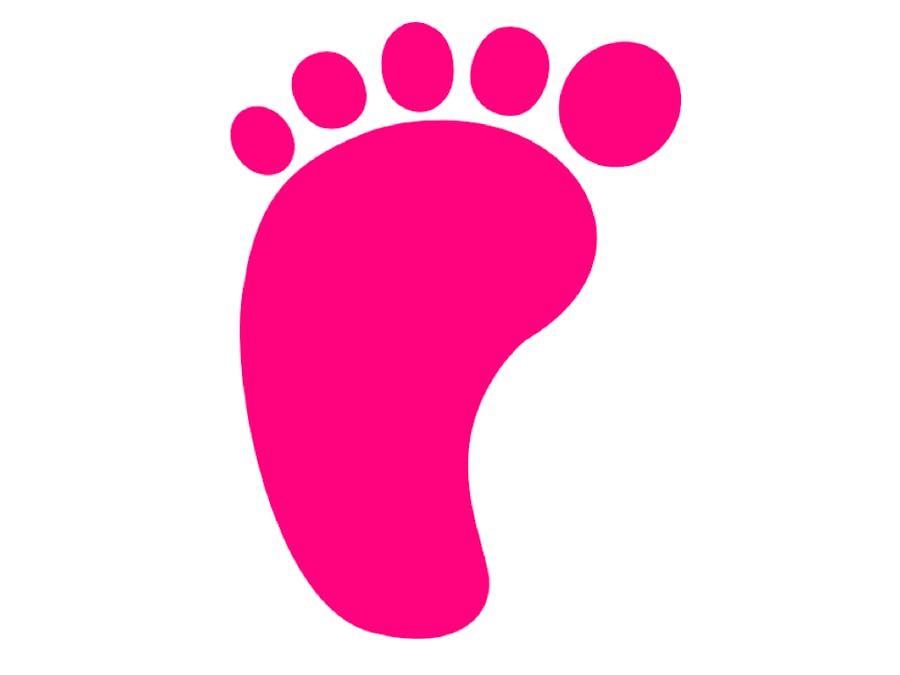The menopause and the itchy skin
During menopause, hormonal changes include a loss of estrogen. Estrogen is related to the production of collagen, an essential building block of skin. Estrogen is also related to the production of natural oils that keep your skin moisturized. The lack of collagen and natural oils can cause your skin to become thin and itchy.
The itchy skin is known medically as “pruritus.” Pruritus may occur during perimenopauseand continue shortly after menopause. Perimenopause is the 8- to 10-year period before menopause. Menopause is over when you have stopped menstruating for a year, at which time you enter into postmenopause.
There are other rarer skin conditions you may also experience during menopause, such as paresthesia. Paresthesia is the sensation of tingling, numbness, or “pins and needles” on the skin. A few women may also experience "formication", a type of paresthesia described as the sensation of insects crawling on the skin.
The intensity of itching may range from mild to severe. In more severe cases, pruritus may cause significant disruption to sleep, as well as daily life.
Itchy heelsat night
Itchy skin at night, called nocturnal pruritus, can be severe enough to disrupt sleep regularly.
In some cases, the itchy feeling is focused in a precise body part as the heels, both or one of them.
My own experience is with the heel of my left foot.
These physical symptoms can worsen at bedtime and may lead to trouble falling asleep.
WARNING: first of all, seek for help and discard serious medical conditions
You may wish to visit your doctor if your itchy skin symptoms persist for three or more days. Your doctor may ask you how long your itchy skin has persisted, and which parts of your body are affected.
Your doctor may run tests to rule out any other serious medical conditions that can cause itching. These tests may include:
- blood tests
- thyroid, liver, and kidney function tests
- chest X-rays
Remedies
You should avoid the exposure to irritants and discard contact dermatitis, allergies and bug bites or fungus.
Apart from that, wear cotton or wool socks, wear shoes that are well-ventilated, observe a careful hygiene and apply moisturizer.
Some other home remedies you can try, including oatmeal baths, moisturizer, herbal supplements and vitamin C as an oral supplement or eaten in foods such as citrus fruits.
In some cases, home remedies may not be enough to manage your itchy skin. Over-the-counter or prescription medications, or medical procedures may be needed, with anti-itch creams, corticosteroids, hormone replacement therapy (HRT) and so on.
Those remedies imply risks and side effects. Talk with your doctor. They can help you decide if HRT is a good choice for you based on your heart health and medical history.
Additionally there may be some steps you can take to help prevent or reduce your risk for itchy skin, as a balanced diet rich in natural foods, avoid hot showers avoid scratching, have plenty of sleep and rest, reduce stress, avoid smoking and alcohol use, which can both be drying to the skin, and get regular exercise to help regulate hormones.
Helping to ease it when everything else failsThe discomfort caused by the itch sensation makes one enter an obsessive psychological loop of "bad attention", mainly at night when there are less auditory or visual or tactile stimuli.
The basis of this project is to try to divert attention from itching for a while, allowing you to fall asleep.
And the way to do this is to provide a non-invasive, soft vibrating tactile stimulus for a predetermined time.
Wiring the deviceThe components (button, vibrating mini motor, SPDT slider switch) are mounted in a piece of Bakelite ons-sided perfboard plate of 9x13 pins that you cut with a scissors.
So you create a "mini circuit" that will be later soldered to the Feather.
The vibrator has a sticker on the back to be fixed in place, the button and the slider are soldered to the perfboard.
The Feather itself will have some of its pin soldered to stacking headers.
Connect the board and the mini-circuit with the headers. Once they are soldered together, shorten the pins (at least in half) with a side cutter.
The connections in the wiring diagram between the components mini-circuit and the Feather Huzzah board are:
- Board pin 12 is connected to one corner of the button and board ground to the opposite corner of the button.
- Digital GPIO 15 is connected to the anode, or red leg, of the VibratingMiniMotor. It is very important to use the correct leg of the vibrator otherwise it won't buzz as expected! The cathode, or shorter leg, of the Vibrator is connected to the board's ground or GND pin.
- Feather GND -> Center pin on the switch
- Feather EN is connected to one of the outer pins on the SPDT slider switch and Feather GND to the center pin on the switch.
Finally attach the LiPo battery to the JST jack of the Feather board. The battery must be fully charged using the Feather micro-USBconnector.
If you want to reduce the current draw/strength of the vibration, try putting a resistor (100 to 1000 ohms) in series to ground.
DISCLAIMER: this is a home prototype with a Lithium Polymer battery. It is recommended to use another type of safer and easier to charge batteries such as Lithium Ion or a stack of Coin Cells, as long as the power and voltage requirements are met.Loading the software
Installing MicroPython
The first step is loading the MicroPython onto the Adafruit Feather HUZZAH ESP8266, you can follow the instructions here.
I am working with a Mac OSX computer, you can use any other of your choice.
I have flashed the last stable firmware esp8266-20191220-v1.12.bin.
Installing the Middle-aged Cinderella software
Clone the Git repository of the Middle-Aged Cinderella and follow the deployment instructions.
As a short overview, the basic process consists in installing Ampy tool and insert the main.py file onto the Feather board (usb-connected):
$ pip install adafruit-ampy
$ git clone https://github.com/maremoto/middle-aged-cinderella.git
$ cd middle-aged-cinderella
$ ampy -p /dev/tty.SLAB_USBtoUART -b 115200 put main.py
$ ampy -p /dev/tty.SLAB_USBtoUART -b 115200 resetSometimes the reset command does not have effect, then just unplug and plug again the Feather of push the reset button in the board to do the job.
You must replace /dev/tty.SLAB_USBtoUART with your path or name of the serial port connected to the MicroPython board.
From now on, the board can be used in portable mode, powered from the battery and no more usb-connection to the computer is needed. Everytime the SPDT is "on" the software will start and the device will do its function.
Sewing the enclosureThis device is some kind of "wearable" and as it should be comfortable to wear at bed, so the best enclosure is a fabric one.
The advantages: it is soft, and it can be washed as many times as needed. And you can do more than one garment, to be able to wash one while using the other.
The material with which it is made can be any type of cotton cloth scrap with some elastane for adaptability.
The basic design of the enclosure consists in two "pockets" sewn together, one for the circuit and one for the battery.
The first step will be to cut three equal rectangles of fabric, 5x7cm each.
Then you sew the three pieces of fabric together, but only the two long sides and one short side, leaving another side to be able to insert the hardware.
After sewing the pieces, it is turned inside out to hide the seams. You can put plastic brackets on the open side to better hold the circuit. And you can stich a small red circle or spot of a different fabric to point out where the button is positioned (opposite to the battery)
The hardware is inserted inside, the battery in one pocket and the rest in another pocket, taking care to leave the USB connector and the slider switch open.
And the device is done.
UsageThe device will be turned on with the button, pressing several times until the desired operating mode.
Then it will be placed between a sock and the heel once you are in bed or in the couch, with the red spot touching the skin and so the vibrating motor. Optionally another "pocket" may be sewn to the inner part of the sock, to keep the device in place.
After this, relax to sleep, as the vibration will end by itself.
To save battery power, switch off SPDT slider when not using the device.
To recharge the battery just attach a micro-USB charger to the device and use the built-in charger.
Never discharge a LiPo battery below 3.0v per cell. Ideally you never want to go below 3.2v per cell to maintain a healthy battery. 2.9v per cell and lower is causing permanent damage.
When the USB power is powered, it will automatically switch over to USB for power, as well as start charging the battery (if attached) at 100mA. There's also a CHG LED next to the USB jack, which will light up while the battery is charging. This LED might also flicker if the battery is not connected.
Future work and improvementsThe battery should be exchanged for a safer one since you can sleep through the night with the device nearby.
I plan to make an app that communicates from the mobile with the device for better configuration of its operation.
This would open the way for new functionalities:
- Customized time intervals and duration
- More working modes
By adding a temperature and humidity sensor and/or an accelerometer, the device could be reused to monitor quality of sleep phases in combination with the mobile app.
The app software could include an adaptative machine learning software to detect anomalies in the sleep behavor.












Comments
Please log in or sign up to comment.